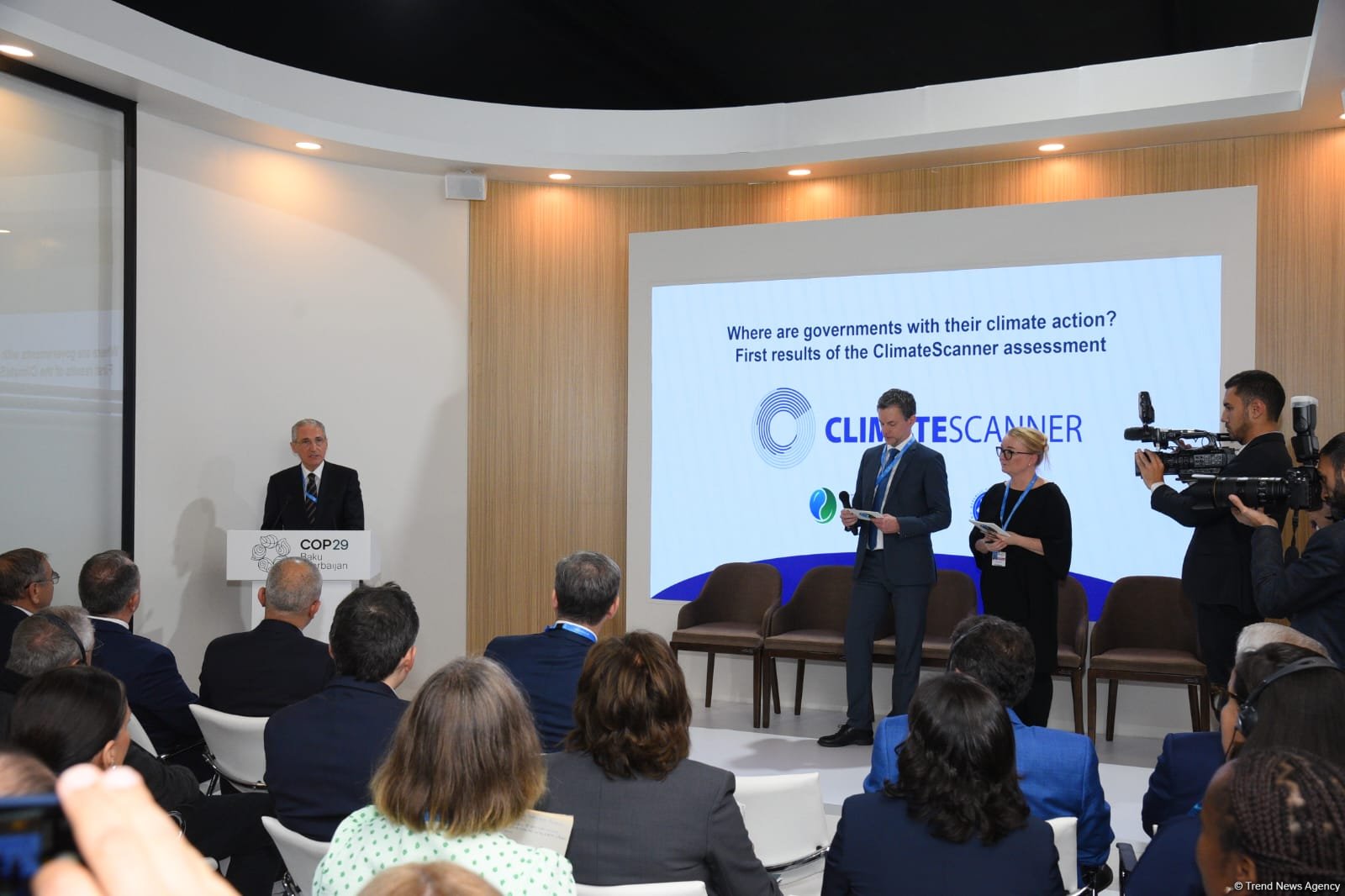Mar 12
2024
Interoperability and Prior Authorization Are on FHIR
Responses from Joe Gagnon, CEO, 1upHealth.
The recently released CMS Interoperability and Prior Authorization final rule is a pivotal measure to reshape the industry. By laying the groundwork for expanded access to health information and streamlined prior authorization processes by mandating the use of FHIR APIs, this regulation takes a critical step toward using comprehensive, timely data to support value-based care initiatives, reduce costs, and improve outcomes.
As stakeholders navigate the ever-changing interoperability landscape, the first step is tapping FHIR APIs to ensure compliance and adaptation to shifting tides. From there, organizations can look beyond compliance to see how FHIR APIs can open the door to next-level innovation and usher in a future where efficiency, collaboration, and patient-centric care take center stage.
- What are three ways the new CMS interoperability and prior auth rules will impact healthcare organizations?
Overall, the new rules serve as a critical foundation for expanding access to health information and improving the prior auth process in healthcare.
For all stakeholders, the collective FHIR APIs provide the ability to use comprehensive, timely claims and clinical data to support value-based care programs by implementing a common data approach to leverage historical patient data to maximize quality outcomes for patients. These initiatives are critical to reducing healthcare delivery costs while maximizing patient quality in real time. Additionally, as acutely acknowledged by CMS in its rule commentary, while many patients over the course of a year can have a significant number of providers, it is likely that they will only have one or two payers, thus making the making payer the prime hub in a hub-and-spoke style data sharing model.
For payers, if the FHIR APIs are implemented and utilized as advised by CMS, the respective APIs will not only have the ability to materially improve the ability to share relevant data in a more timely manner, it will also significantly reduce the cost and administrative burden of such data sharing. Today, many payers have entire departments that are focused on packaging and sending data to relevant provider partners. By automating the data sharing process with FHIR APIs, not just for CMS compliance but for all other interoperability use cases, payers can ‘kill two birds with one stone’ and meet regulatory requirements while also creating internal efficiency and significantly improving access to data, as outlined above.
For providers, using interoperable data for prior authorization can help make patient care decisions more quickly, improving patient, provider, and payer alignment and ultimately improving outcomes.
- In what ways can stakeholders think about utilizing FHIR to go beyond regulatory compliance? For example, how will FHIR impact data exchange and analytics, reimbursement, etc.?
As we more broadly implement FHIR as the foundation for data management and interoperability, we have the opportunity to go beyond the regulations and move to a world of computable interoperability that leverages a chain of claims and clinical data. That could look like:
- All stakeholders will have access to a comprehensive data set, including provenance and identity resolution, that increases the data quality and allows for intelligent analytics to derive higher-level insights to support efficient and preventative patient care
- All stakeholders will tap FHIR to build modern data infrastructures that help organizations thrive in an AI-powered health economy, driving confident decision-making, real business value, and better patient outcomes.
- Providers will experience the seamless sharing of data to improve care coordination.
- Payers will be able to do more robust error correction to ensure digital quality measures are accurate and less subject to human error. This will establish an innate certification and validation of measures so the focus can be on the accuracy of implementation rather than on the correctness of coding.
- Patients will benefit from an enhanced patient care experience and as patients no longer have to be the data coordinator for their health.
- Can you elaborate on the specific strategic initiatives that organizations may undertake after adopting FHIR APIs?
At their core, FHIR APIs are intended to improve patient, provider, and payer access to interoperable patient data and reduce the burden of prior authorization processes. Two APIs have a direct impact on facilitating care coordination and supporting the movement toward value-based payment models. One is the Provider Access API, which enables the sharing of patient data with in-network and enrolled providers with whom the patient has a treatment relationship. The second is the Payer-to-Payer API which supports care continuity by enabling payers to implement and maintain available claims and encounter data from a patient’s former and/or concurrent payers.
With FHIR APIs in place, a new focus on authentication and authorization with fine-grained data access controls can be taken. With additional data sharing requirements and the need to be HIPAA compliant, a ‘FHIR first’ architecture with fine-grained data access control allows faster and more accurate auditing of the system. This allows systems to compile usage metrics and brings more security to our healthcare data.
- How do you anticipate the increased use of FHIR driving innovation in 2024 and beyond? What potential benefits or challenges might arise in the process?
FHIR makes acquiring and quality-checking data from upstream sources easy, enabling a complete longitudinal patient view. FHIR gives control over the data that is needed internally and externally with auditable processes and policy-based access control to ensure security and visibility. FHIR also makes data easily accessible and discoverable for downstream applications and analytical functions so that it can be used confidently to ask questions and make timely decisions accordingly. The ultimate benefit is that FHIR helps the industry realize the new value streams that healthcare data sharing can offer across research, care delivery, consumer centricity, and public health. By definition, interoperability requires that data not only be exchanged between two or more systems but also requires that the data be usable once exchanged. While technology has made big strides toward the first milestone, FHIR can help us the rest of the way, standardizing data so it can also be usable and getting us closer to the true promise of interoperability.
- What measures are healthcare organizations putting in place to ensure the effective implementation of FHIR data strategy?
One example is the shift only to measure care quality electronically, using standardized, interoperable data. This will reduce the burden of EHR data transfer by leveraging FHIR API technology that is already required for interoperability.
- In a FHIR-driven future model, how do you see healthcare evolving? What transformations do you anticipate in terms of patient care, collaboration, efficiency, etc.?
The future of healthcare will be a world where computable care drives efficiency and transparency through the use of modern APIs, modern computing (for prior authorization), and modern data storage. Modern prior authorization accountability gets to the heart of being able to deliver Medicare Advantage with higher quality and lower cost while reducing patient, provider, and payer burdens. Ultimately, in a FHIR-driven world, we will see lessened provider burden and burnout and enable providers to spend more quality time with patients, yielding a better care experience at a lower cost.





















Discussion about this post